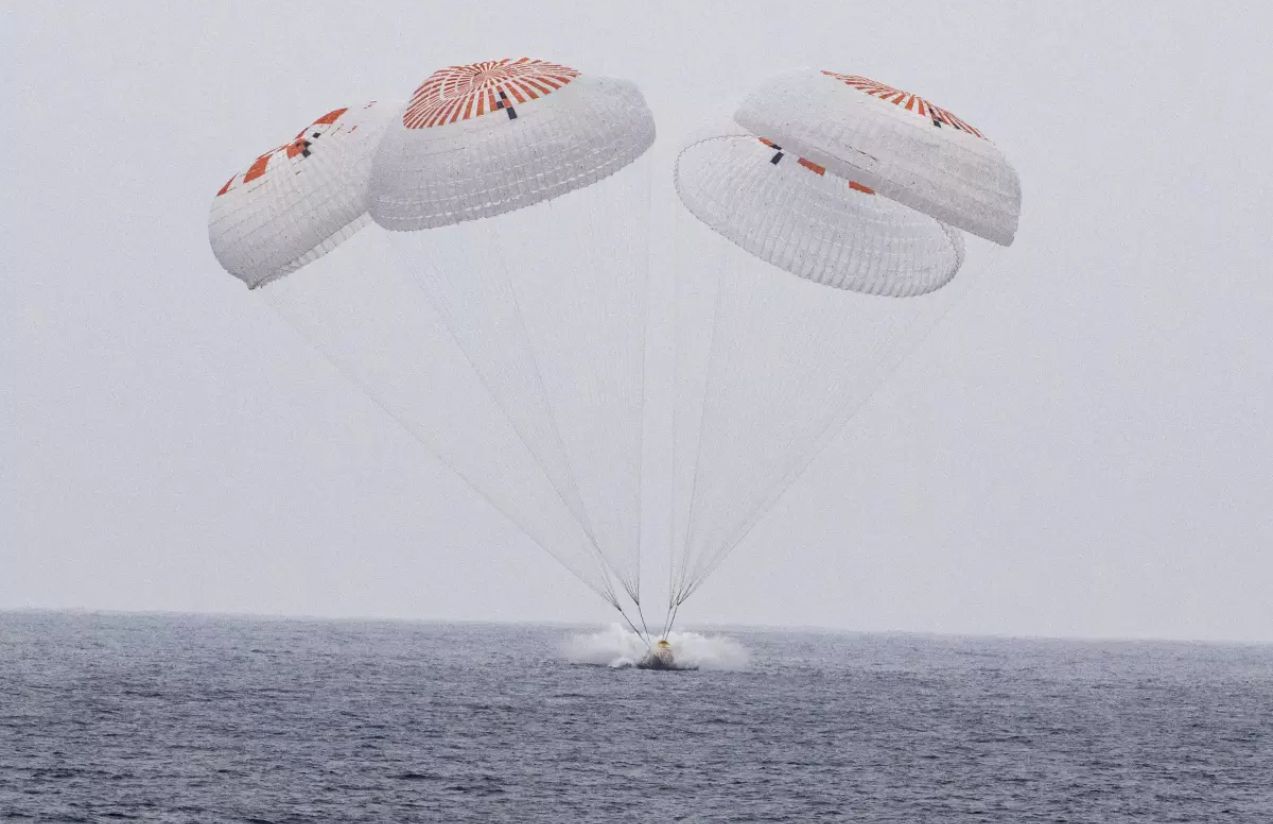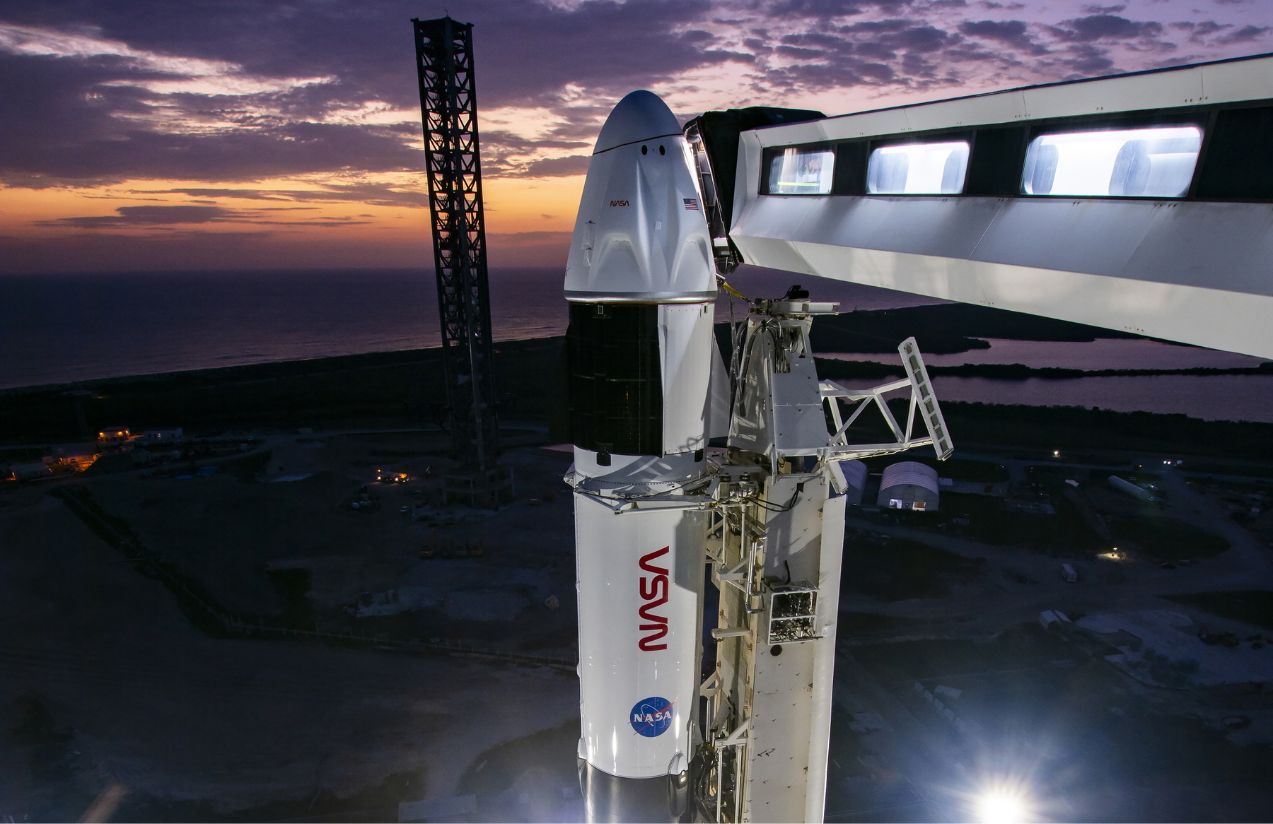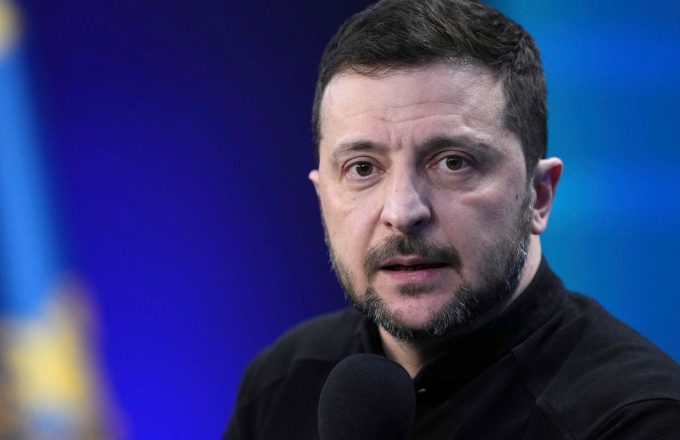Four astronauts completed a nearly five-month mission aboard the International Space Station (ISS) before returning to Earth in a SpaceX Dragon capsule. The crew, made up of Anne McClain and Nichole Ayers from NASA, Takuya Onishi from the Japanese Aerospace Exploration Agency (JAXA), and Kirill Peskov from Roscosmos, splashed down under parachutes in the Pacific Ocean off the southern coast of California.
Their return marked the first splashdown of NASA astronauts in the Pacific in nearly 50 years, a milestone not seen since the Apollo-Soyuz mission in 1975. This maneuver also represents a strategic shift in recovery protocols for crewed flights, moving the landing zone from Florida to the West Coast to minimize risks over populated areas.

The Crew-10 mission launched in March as a replacement for astronauts delayed by ongoing issues with Boeing’s Starliner capsule. During their stay, the crew conducted experiments in biomedicine, technology, and time-sensitive research, many of which were brought back for immediate analysis.
Why is this change in splashdown location so important?
The new Pacific site not only expands recovery options for future missions but also allows for faster transport of the capsule and its crew to onshore facilities, improving both the efficiency and safety of the space program.












